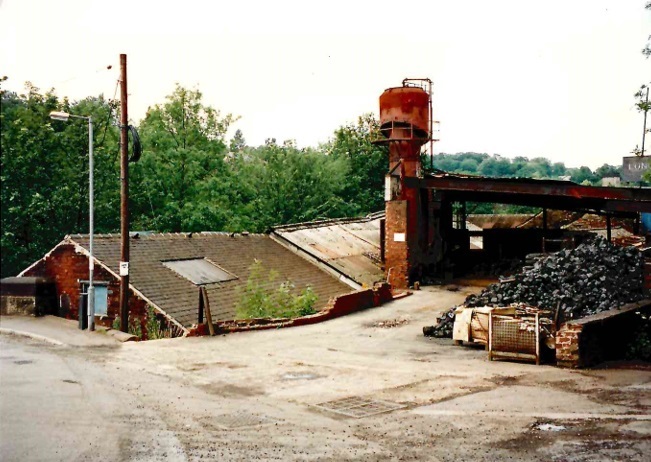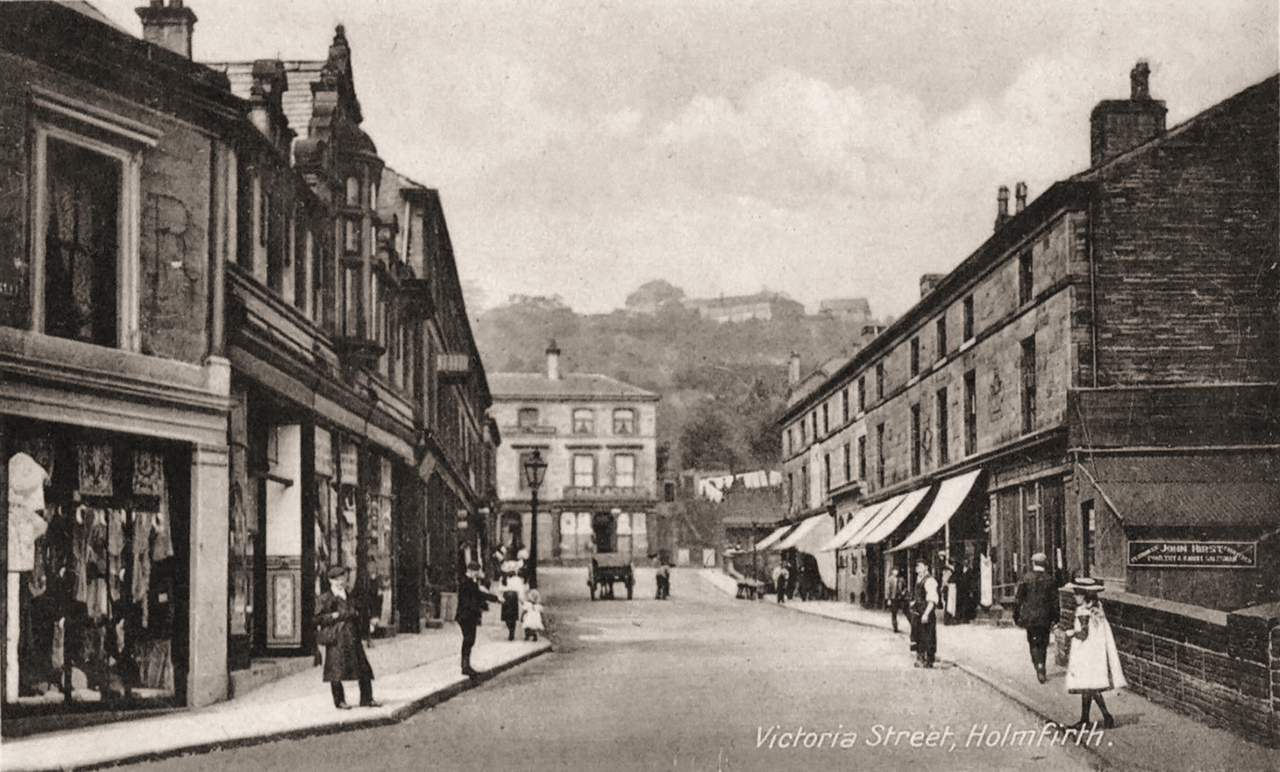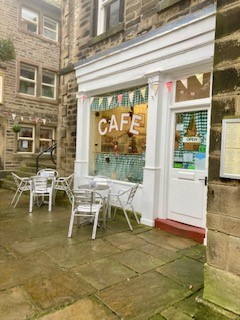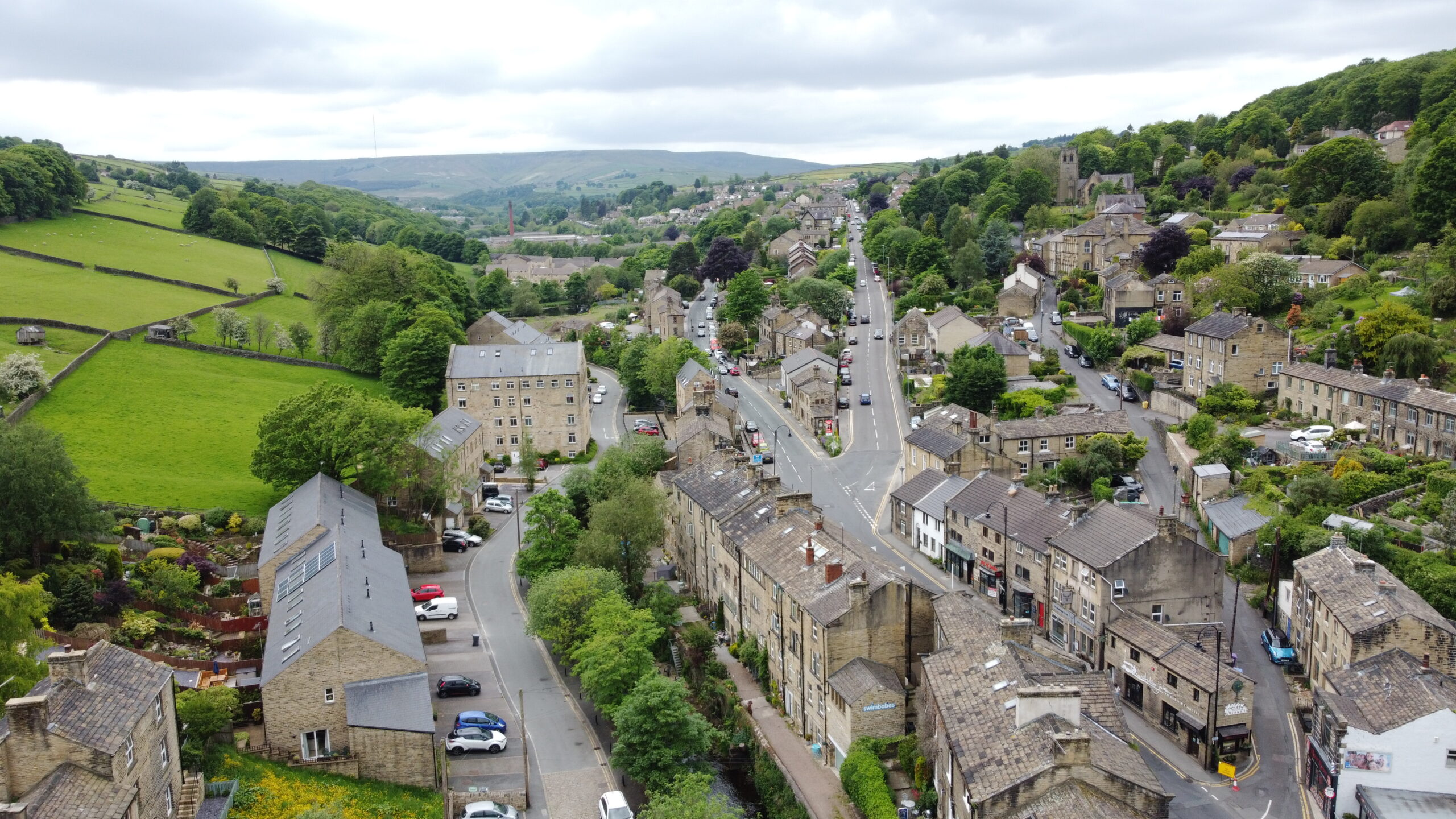Established in the 1870s, J & JW Longbottom is proud to be based in the heart of West Yorkshire at Bridge Foundry in the historic town of Holmfirth. Situated at the confluence of the Rivers Holme and Ribble, the town consists of stone-built weavers’ cottages built on the eastern slope of the Pennine Hills, with charming, cobbled streets and alleyways.
Holmfirth can trace its origins back over the past two thousand years. Stone age settlers, Romans, Anglo Saxons and Danes all left their mark, mostly living peacefully and farming the land. During Saxon and Medieval times, the Lords of Wakefield used this forested land for hunting. The name Holmfirth comes from Anglo Saxon, with holm an abbreviation of ‘hollin,’ a place with holly, and firth, an open area in forest or woodland.


The town grew around an ancient route bringing salt from Cheshire into the West Riding and started with a corn mill and bridge in the 13th century, with the church dated around 1470. Three hundred years later, it was transformed from a small rural village in the Holme Valley, into a thriving mill town of the Industrial Revolution, as well as a substantial producer of stone and slates from the surrounding quarries. The flourishing cloth industry produced and processed woollen yarns and cotton, from spinning and dyeing to weaving and finishing. Right up until the 20th Century, the textile industry was the main local employer and the area known as, “The town busy with wool.”
Prosperity increased as the mills grew, with workers arriving from Ireland and Europe. In 1850 the steam train reached Holmfirth, thanks to the Lancashire and Yorkshire Railway, sadly closing in the mid-1960s after the Beeching cuts. The Bilberry reservoir, built in the 1840s, supplied water to the mills in the Holme Valley to turn the heavy water wheels powering the mills. The water that brought prosperity also brought destruction and tragedy; in 1852 heavy rain caused the reservoir to burst its banks, sending a torrent of water onto Holmfirth with extensive loss of life and damage to infrastructure.


Today the mills are silent and whilst many were lost to fire, flooding, or pulled down to make way for new homes, some have survived and been converted into residential housing, shops and cafes. Holmfirth is still a thriving town, popular with tourists who visit the area now famous for music and the arts, as well as walkers, drawn to the rugged moorland scenery and proximity to the Peak District National Park.
A haven for artists and makers, galleries and studios offer metal work, felting, ceramics, sculpture and paintings for sale. The original Holme Valley theatre and cinema has been restored back to its 1912 glory and is home to live music, film, theatre and comedy shows. The Holmfirth calendar is filled with festivals from literature, art, film and music (folk, brass and contemporary) to food, drink and agriculture. The National Pennine Cycleway route runs through the centre of town and in 2014, Le Tour de France passed through on its Grand Depart.

Of course, Holmfirth is probably most famous for the BBC comedy classic, Last of the Summer Wine, filmed from 1973 to 2010, 31 series chronicling the lives of three old friends in the autumn of their lives, eventually becoming the longest running sit-com in the world. Sid’s Café, often featured in the show, is still open, along with many other cafes, bistros, restaurants and historic pubs offering an array of gastronomic delights.
Did you know Holmfirth was the centre of early film making before Hollywood even existed? James Bamforth, a local portrait photographer, started making magic lantern slides in 1883, progressing to monochrome films telling stories on a big screen through a series of photographs, with Holmfirth and some of its residents, featuring in the first silent movies shown all over the world. Bamforth was recognised as one of the early pioneers of filmmaking, but a move to producing cheeky, comic postcards in 1910 proved more lucrative, and his film career was put to one side. Bamforth Postcards was printing over 20 million cards by 1918, eventually becoming the world’s largest producer of postcards and is still in print today.
High up on the hills above the town is Holmfirth Vineyard, covering seven acres and offering panoramic views over the Holme Valley. The vineyard produces award-winning English wines, from fruity reds to aromatic whites, and offers guided tours and wine tasting. Longley Farm, the first dairy in Europe to make cottage cheese on a commercial scale, is still privately owned and based in Holmfirth.
We are fortunate to live and work in this wonderful corner of ‘God’s own country.’ J & JW Longbottom has been trading from the same foundry since the 1870s. Formed as a partnership between local brothers, Joe and Joshua Woodhead Longbottom, the company produced rainwater goods, expanding to meet the increasing demand for other cast ironware like lampposts and heavy grates. Production continues following the same traditional methods, enhanced where appropriate by modern materials and practices.
